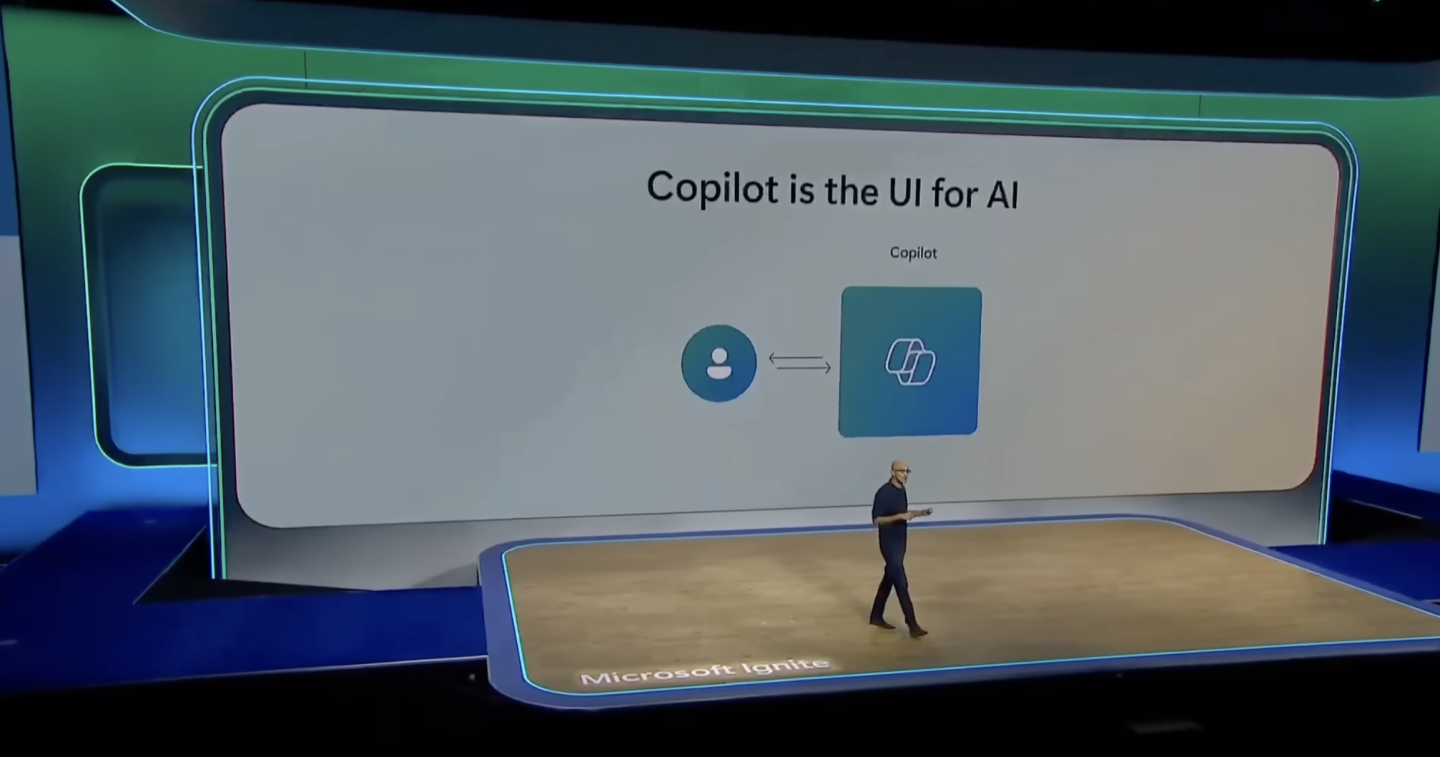Microsoft Develops In-House AI Models to Compete with OpenAI
Microsoft is working on its own in-house AI models to rival those of industry leaders, including its partner, OpenAI. The move reflects Microsoft’s broader strategy to diversify its AI capabilities and reduce its reliance on a single partner. This development positions the tech giant to better respond to evolving market demands and technological advancements.

Microsoft has been testing a family of models called MAI, which reportedly performs comparably to cutting-edge AI models from OpenAI and Anthropic. These models are being considered for integration into Microsoft’s Copilot-branded AI assistants, which are designed to aid users with tasks such as document editing and managing conference calls.
Addressing Complex Problems
In addition to MAI, Microsoft is also delving into reasoning models to tackle complex problems and simulate human-like decision-making. OpenAI, Anthropic, and Alphabet are also developing similar models. Microsoft incorporated OpenAI’s o1 reasoning model into its Copilot products last month. A Microsoft spokesperson stated that the company continues to utilize a mix of models from OpenAI, Microsoft’s own AI, and open-source sources to support its products.
Reducing Dependence on OpenAI
The development of MAI models is a significant step in Microsoft’s effort to lessen its dependence on OpenAI. Since forming a partnership in 2019, Microsoft has invested around $13 billion in OpenAI. This investment has provided OpenAI with access to Microsoft’s Azure cloud platform for AI research and development. The partnership was renegotiated in January, allowing OpenAI to use cloud services from competitors unless Microsoft claims the business for itself. The updated agreement runs until 2030.
Amy Hood, Microsoft’s Chief Financial Officer, recently spoke about the partnership at a Morgan Stanley conference. “We’re both successful when each of us are successful,” Hood said. “So as you go through that process, I do think everybody’s planning for what happens for a decade, or two decades. And that’s important for both of us to do.”
Expanding AI Model Options
Beyond OpenAI’s models, Microsoft has developed smaller in-house models, known as Phi. The company has also evaluated AI models from other providers, including Anthropic, DeepSeek, Meta, and Elon Musk’s xAI, to assess their performance within the Copilot framework.
Each of the models tested offers unique strengths:
- Anthropic’s Claude: Known for its focus on safety and alignment with human values, securing significant investment, and raising its valuation to $61.5 billion.
- Google’s Gemini: Developed by DeepMind, this multimodal model can process text, images, audio, and video simultaneously. Google positions it as a competitor to OpenAI’s GPT-4, with versions like Gemini Ultra, Pro, and Nano tailored to different needs.
- Meta’s LLaMA series: An open-source model designed to foster developer accessibility and transparency. Meta focuses on creating natural conversational AI interactions.
- xAI’s Grok: Integrated into the X platform, Grok emphasizes real-time information and conversational AI, positioning itself as a direct competitor to ChatGPT and other conversational models.
By expanding its range of AI models, Microsoft is building an ecosystem and increasing its ability to respond to shifts within the AI market while meeting demands for more versatile AI solutions. This approach combines in-house models with strategic partnerships, allowing Microsoft to balance independence with collaboration. While OpenAI remains an important partner, the development of MAI models secures Microsoft’s ability to adapt to changes and provide robust AI capabilities.


